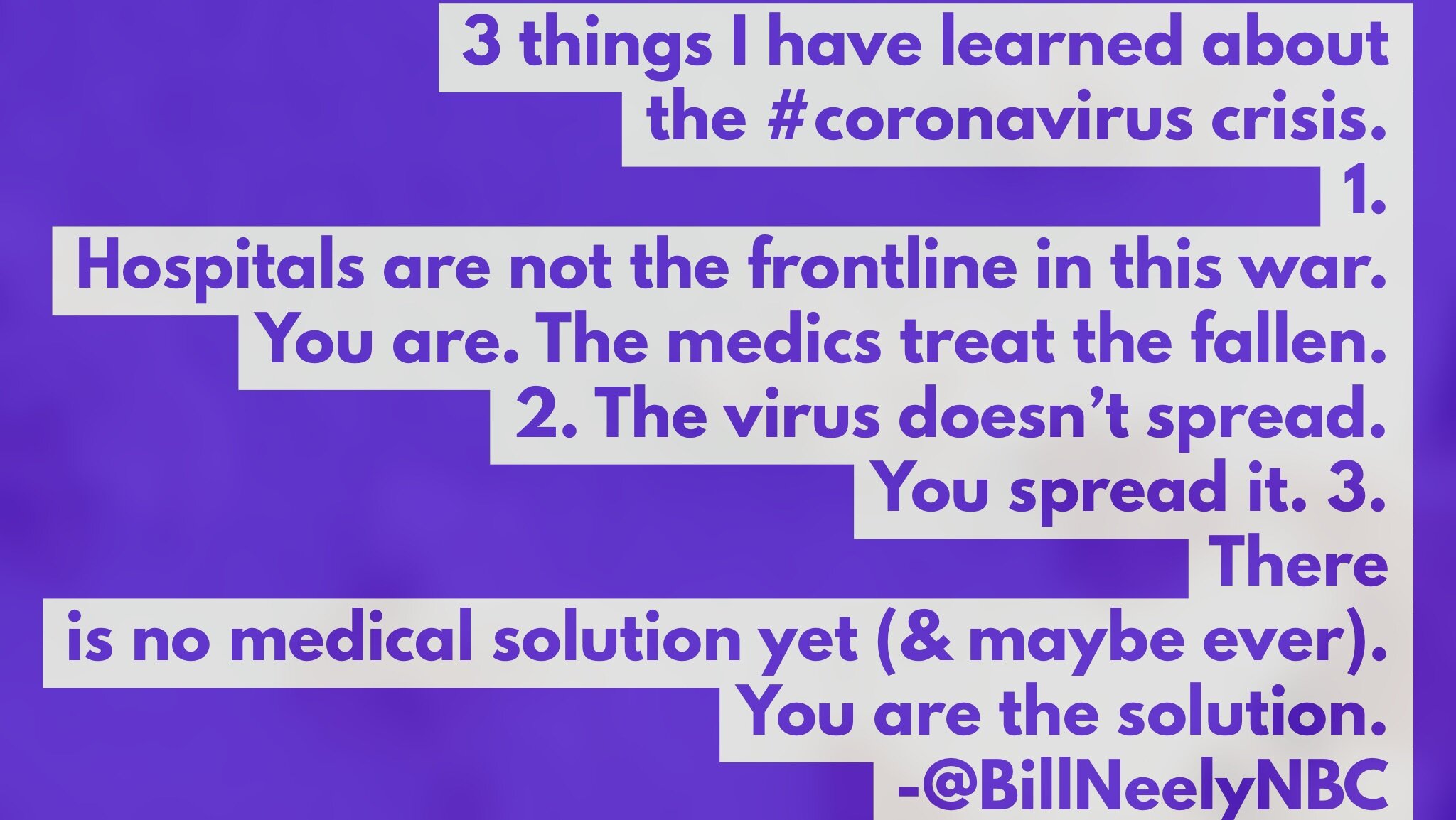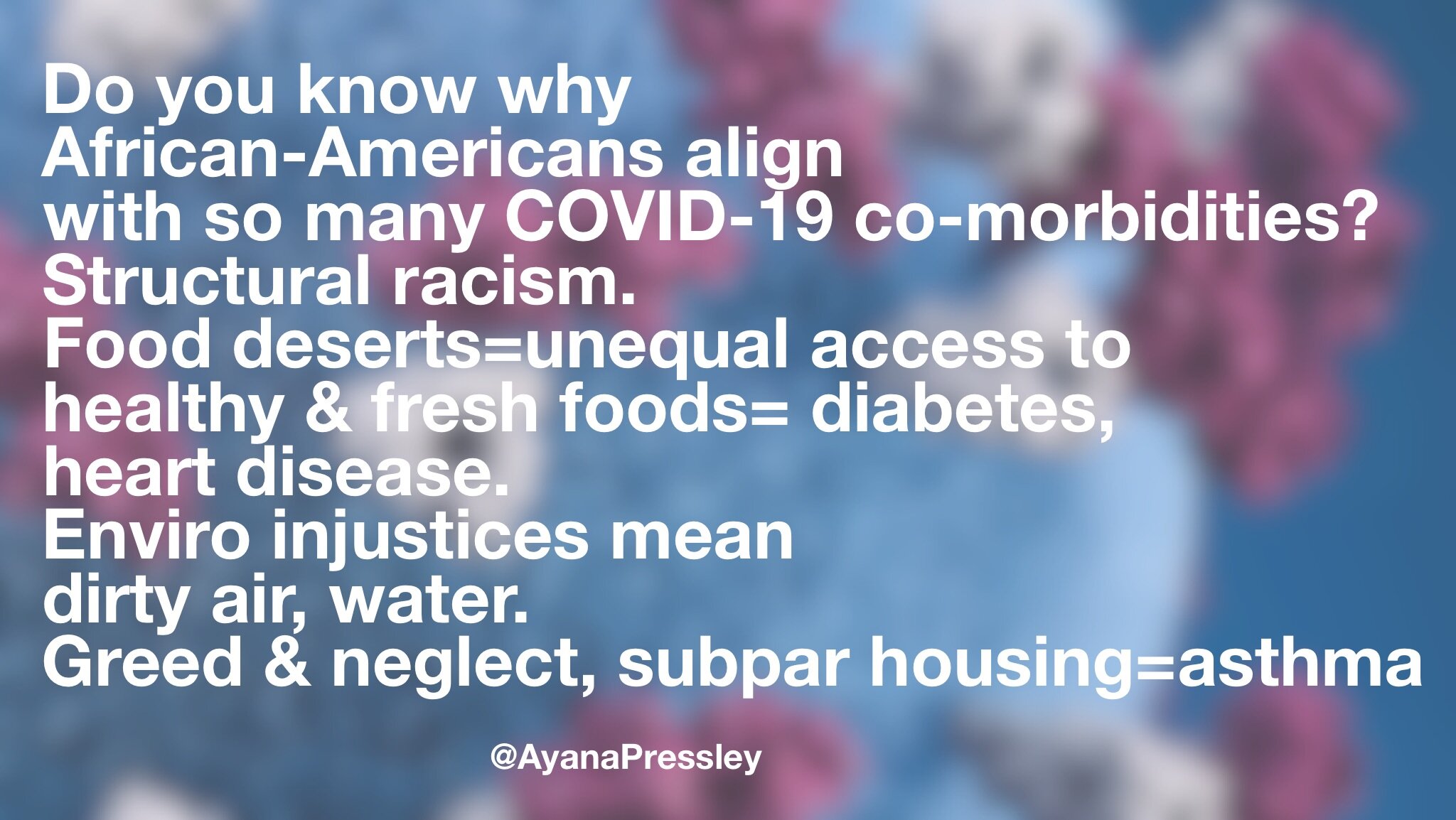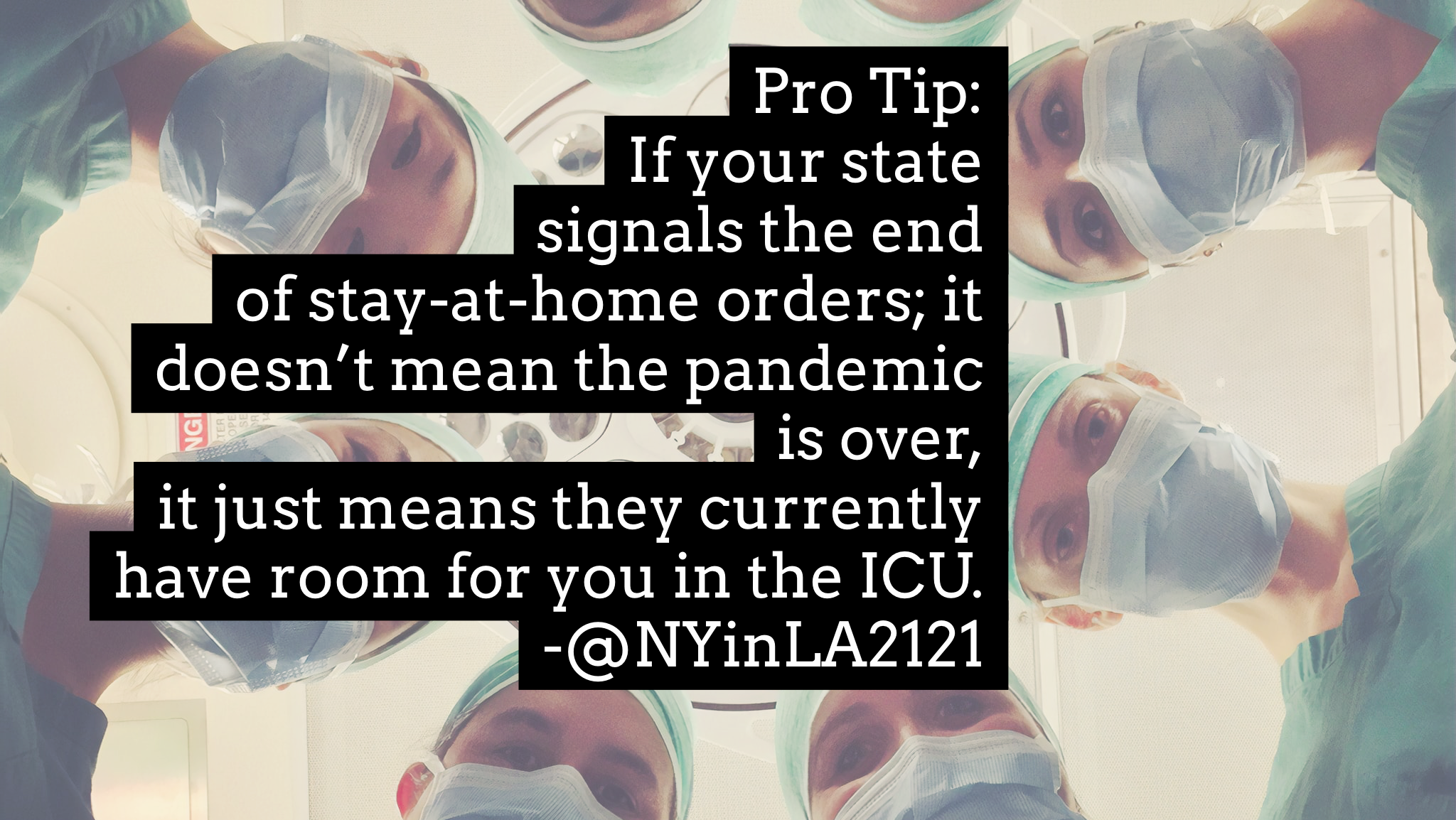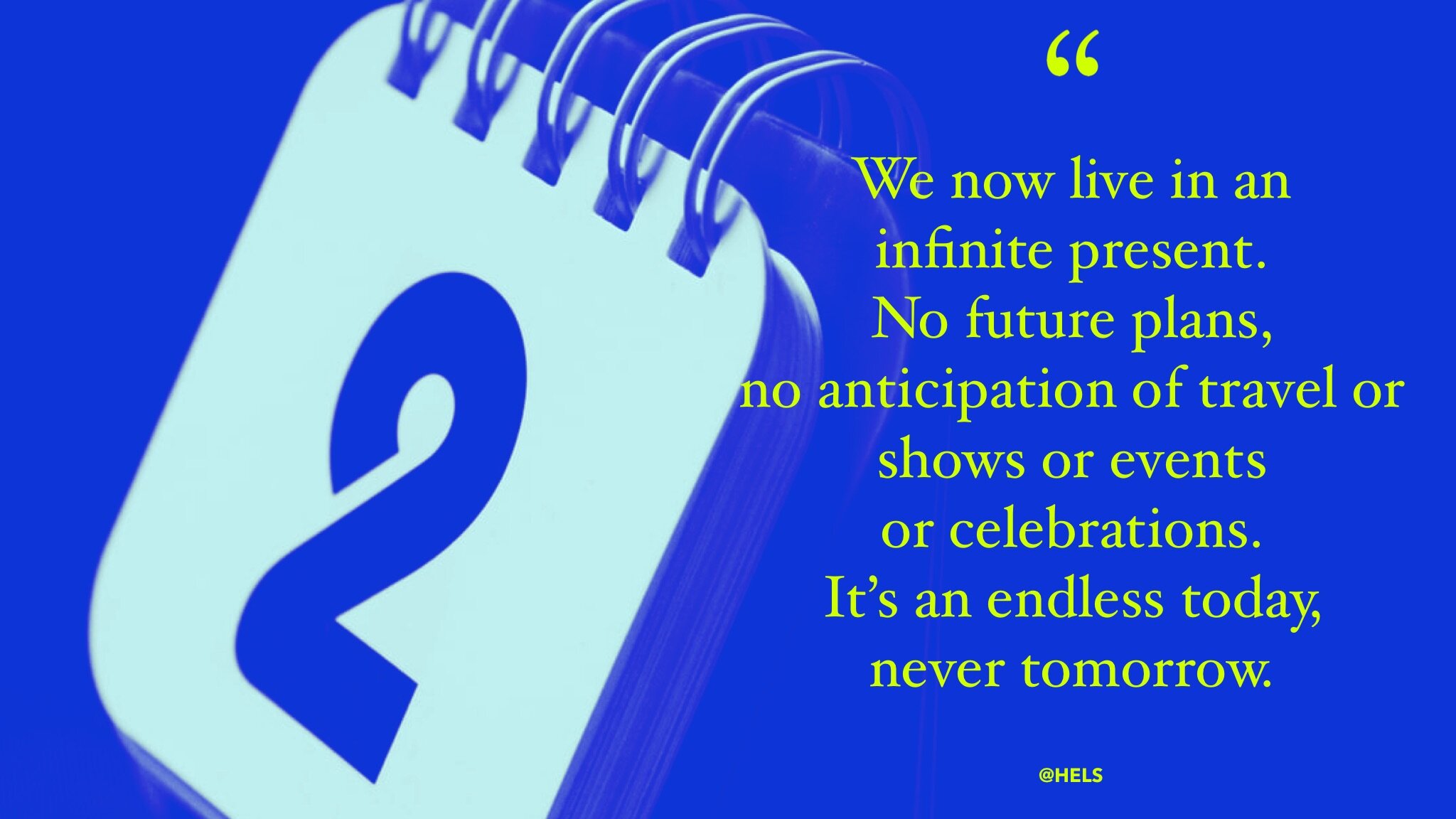We’re not learning. The tragedy of this pandemic has been laced with ignorance and neglect of science and public health education from the start. Our pandemic world needs education, and a new ability to learn science and adaptation.
Making early sense of the pandemic
“I saw the coronavirus coming in January”
I saw the coronavirus coming in January and have been tracking the pandemic ever since. It’s been uniquely disturbing to see a mysterious wave of illness and death surging toward us, with far too many people refusing to face it.
~ Andrew M. Slavitt (former Acting Administrator of the Centers for Medicare and Medicaid Services)
“A wave of illness and death is surging toward us with far too many people refusing to face it”
I’d been looking to see which flus were coming out of China as my family members and business associates were heading to CES in Las Vegas in mid January. I wanted to know which bugs they might be dealing with at the massive consumer electronics trade show.























I’ve been highlighting points made on Twitter by various sources about the COVID-19 pandemic — and the antivax movement, which as it happens will be even more destructive a force in society with this true-blue no-vaccine killer virus on the loose.
So I found the pandemic in January. In February I found the general response we’d need to preserve our medical system and suppress the spread of the virus.
I'd discovered the below graph of Philadelphia vs. St. Louis deaths from the Spanish Flu, showing how social isolation helped depress the infections and deaths in one town while the other’s lax policy resulted in a spike of unnecessary deaths.
It was great to see a Bloomberg deep dive on the same example when it came out a few weeks later, and the term “flatten the curve” make its way into public health communications on COVID.
Collecting resources for all in March
Click through to reach my list.
I also follow these COVID lists, click on their names to see: Kim Mai-Cutler and Brian Koppelman.
I started a Twitter list of COVID-19 expert sources in early March.
It seemed especially important to gather my own science and public safety sources (and follow other lists compiled by early pandemic watchers) at a time when the president and far too many government leaders were ignoring or downplaying the disastrous and monumental impact of this virus on the planet’s human population. The disinformation campaign against early effective action will go down in history as a genocide.
“People said “I don’t need that leaflet - I don’t live here.”
That’s ok, viruses love to travel! ”
In early March I was activated by the Fire Department as an emergency response worker for disaster preparedness. SF had declared a health emergency the prior week. The activation meant passing out coronavirus health department leaflets downtown (wash your hands, don’t touch your face [impossible for humans I believe], elbow cough, make plans).
Handing out public health COVID preparation leaflets on that busy Financial District street corner was brutal. People didn’t want to hear it.
Some people laughed, some people said no!, some people said “I don’t need that - I don’t live here.” I thought, That’s ok, viruses love to travel! A handful were grateful and said “hey thanks for doing this.” They knew we’re all in it together and with 2 community transmission cases in SF that very day, the virus was already here, and also waiting in a cruise ship off the Golden Gate.
To be continued…










